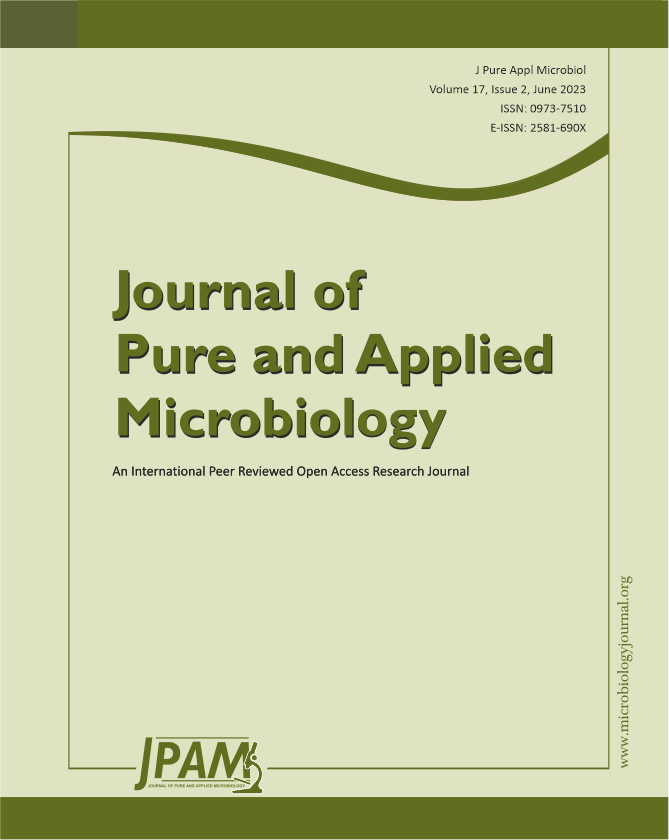Enterococci species are known commensals of the gastrointestinal flora; however, in recent years, they have emerged as important nosocomial pathogens that possess many virulence factors that are attributed to the pathogenesis of diseases caused by them. The study evaluated and compared the virulence factors of Enterococci isolated from fecal and clinical samples. From the obtained isolates, the clinical enterococcal isolates produced 35%, 20%, and 50%, and fecal isolates produced 23%, 13%, and 13% gelatinase, hemolysin, and biofilm, respectively. Biofilm production determined by the Congo Red agar, tube, and microtiter plate methods was 23%, 39%, and 49%, respectively. The sensitivity of the Congo Red agar and tube method compared to the microtiter plate method was 27% and 46%, respectively, whereas the specificity of both tests was 79%. This study showed that biofilm production plays a significant role in the pathogenesis of diseases caused by Enterococci. Detection of biofilm production using the microtiter plate method is more sensitive and specific than the Congo Red agar and tube method.
Biofilms, Enterococci, Hemolysin, Gelatinase, Virulence Factors
© The Author(s) 2023. Open Access. This article is distributed under the terms of the Creative Commons Attribution 4.0 International License which permits unrestricted use, sharing, distribution, and reproduction in any medium, provided you give appropriate credit to the original author(s) and the source, provide a link to the Creative Commons license, and indicate if changes were made.


